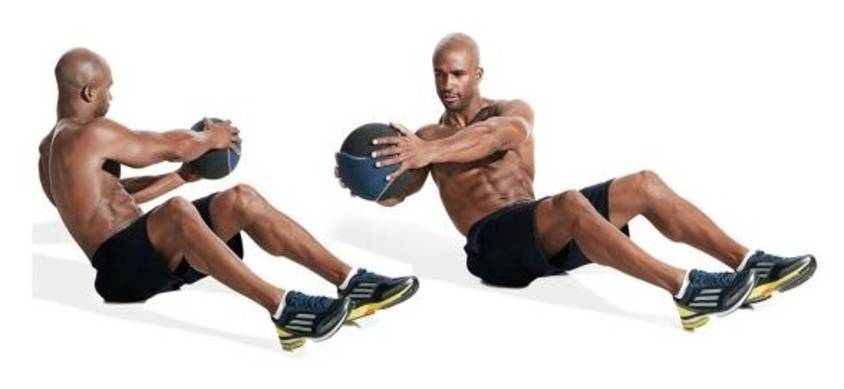
In all my years of training, I’ve never heard of anybody who wouldn’t mind having a nice set of abs. Everybody has them, but it may take some a bit of work in order to get them to show! Since there is no such thing as fat targeting while exercising, increasing the training towards your abs will not get them to show up sooner; however, they will provide a more aesthetic and functional foundation once you do remove the excess body fat surrounding them. In order to train the different abdominal muscles properly, you should be familiar with each of their anatomical positions, functions, and which key exercises will provide the greatest benefit.
What are my abs used for?
Besides being a spectacle for all to admire, the abs are THE major player in core strength and stability. The abs primarily protect the spine, provide postural support, and provide protection for the internal organs. The stronger the abdominal walls, the superior protection you will have. So, next time you see the guy who says, “I never train abs, there’s no point since they’re made in the kitchen,” give him a quick punch to the midsection and see how well he takes it.
Where are they?
There are many other muscles which provide core stability, but in reference to the abs, we can really just focus on these main four contributors: Rectus abdominis, Transverse abdominis, Internal and External abdominal oblique. The two which are superficial and can be visibly seen are the Rectus abdominis, commonly referred to as the “six pack” muscles in front of the torso, and the External abdominal oblique, seen around the outer ribcage. The Internal abdominal oblique and transverse abdominis are deep muscles which cannot be seen visibly.
Function of Each Abdominal Muscle:
Rectus Abdominis:
- Spinal Flexion and Abdomen Compression.
External Abdominal Oblique:
- Spinal Flexion, Spinal Rotation, Abdomen Compression
Internal Abdominal Oblique:
- Spinal Flexion, Spinal Rotation, Abdomen Compression
Transverse Abdominis:
- Abdomen Compression
Which Exercises Should I Be Doing?
Since all components of the abdomen play a role in compression, we need to understand what that is exactly. Abdomen compression is essential to targeting the transverse abdominis but once achieved, will ultimately fire all four muscles in the abdominal wall. Compression is essentially a complete shortening of all the muscle fibers within the abdomen in response to bearing down. Think of the compression as utilizing the body’s natural lifting belt. Drawn in air, bear down, and brace through the abdomen; compression. Spinal flexion can be achieved with any movement which draws the shoulder girdle and pelvis closer together. An important thing to remember is that the spine isn’t meant to be linear. Flat backs are NOT going to mean you have proper form while performing any ab exercises. You actually want to flex the spine and round the back in order to achieve maximal muscular contractions. Spinal rotation is simply moving side to side in a twisting motion. If you understand the function of the abdominal muscles then you can get as creative as you’d like in targeting specific regions based on movement, resistance, and body angle. The most effective abs exercises will be ones which challenge multiple or all of the muscles in the abdomen simultaneously.

Plank

Russian Twists

Stability Ball Feet-Hand Pass Off

Bicycle Crunches

Hanging Knee Raises
Things to Remember:
- Abs are essential for stability, posture, and spinal/organ protection
- Abs function in Flexion, Rotation, and Compression movements
- Rounding your back will maximize muscle fiber recruitment
- Do not neglect training your abs
- Focus on control and contraction quality over volume or intensity
- You can make things more challenging by increasing resistance or using balance equipment
References:
Golding, Lawrence Arthur, and Scott M. Golding. Fitness Professionals' Guide to
Musculoskeletal Anatomy and Human Movement. Monterey, CA: Healthy Learning, 2003. Print.






POST REPLY